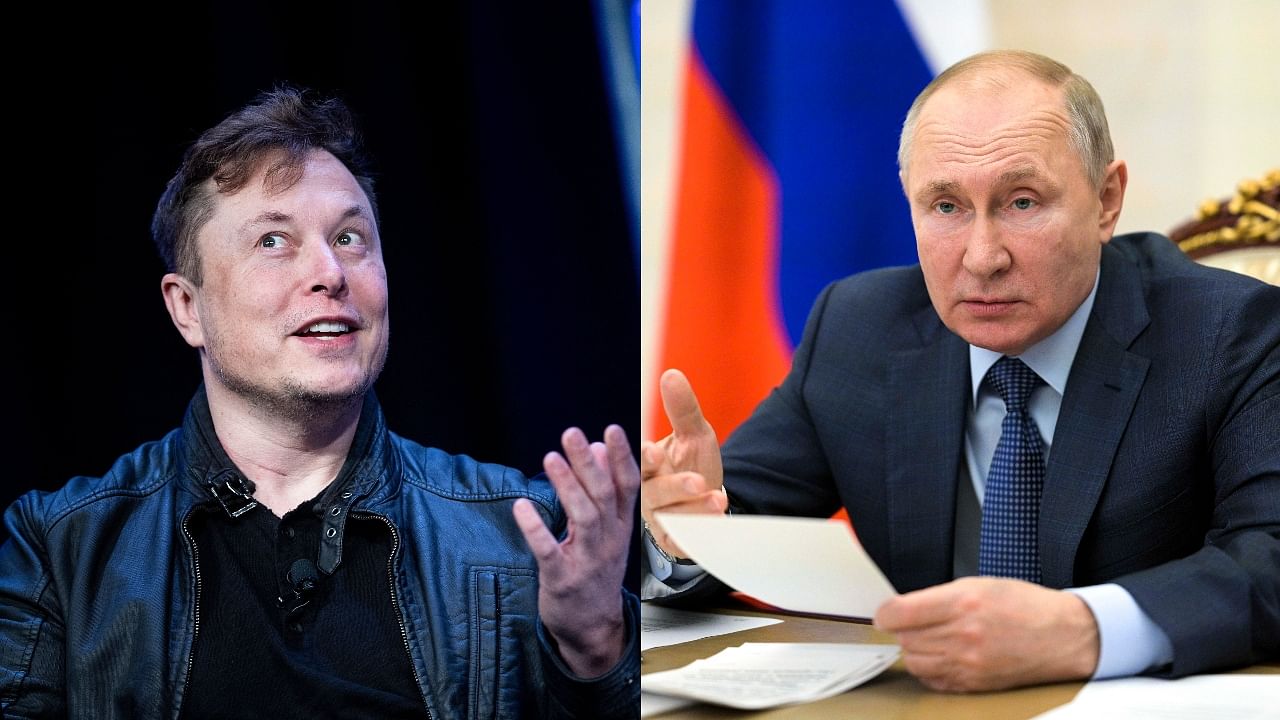
By Clara Ferreira Marques
“The past should be remembered. You can, and should, be proud of it,” cosmonaut Fyodor Yurchikhin told an interviewer last year. “But you cannot live on it.” Russia’s once-pioneering space industry should take note.
Sixty years ago this month, with a rallying cry of “Poekhali!” (roughly, “Let’s go!”) and a 108-minute flight, Yuri Gagarin became the first man in orbit, providing a grinning snap for the front pages and an unparalleled public relations win for the Soviet Union.
Space lore remains powerful, and Gagarin a national hero. A majority of Russians still believe their country is a leader at the final frontier. Naturally, Moscow christened its first approved coronavirus vaccine after Sputnik, the satellite whose launch in 1957 terrified the Western world. And while President Vladimir Putin is not an interplanetary travel enthusiast, he is keenly aware of the military and geopolitical implications of a space program.
But Russia is not the force it was. The industry has been hurt by Western sanctions. Worse, a combination of bureaucracy, military secrecy and a state-dominated economy have failed to foster private space enterprises of the kind driving innovation in the US Vision helps too: Beijing, which launched its first satellite in 1970, is attempting an audacious effort to orbit, land a release a rover on Mars, just in time for the Communist Party’s 100th anniversary.
The nostalgia is understandable. Firsts achieved when Cold War tensions ran high were major successes, politically and technologically, no matter how slim the margin. As Stephen Walker, author of "Beyond," an account of the first manned flight, points out, it could have turned out differently in 1961 had the US not delayed Alan Shepard’s mission after a test flight ran out of fuel half a second too early.
Russia is still a heavyweight. It remains one of few nations to reliably launch humans into space. For much of the past decade, US astronauts have relied on Russian Soyuz craft to get to the International Space Station. But that is coming to an end, and past breakthroughs are increasingly distant.
A new generation of rockets and craft has seen endless delays. There’s been too little creativity, too much wasteful spending, and some embarrassing malfunctions. The 2011 Phobos-Grunt mission meant to mark Russia’s return to interplanetary exploration never made it. That same year, NASA launched its successful Mars Curiosity Rover.
The boss of state space agency Roscosmos, Dmitry Rogozin, has responded to private success abroad by denigrating efforts like those of Elon Musk’s Space Exploration Technologies Corp. In 2014 he tweeted that the US might need a trampoline to get its astronauts to the ISS after Washington introduced sanctions against officials including himself, at the time deputy prime minister. He’s since accused Musk of predatory pricing.
Money is part of the issue for Russia. Federal spending has increased in rubles, but fallen in dollar terms. Independent analyst Pavel Luzin put 2020 spending for the space program, launch sites and the GLONASS satellite navigation system at a combined $2.4 billion, less than half the dollar level in 2013. US purchases of RD-180 rocket engines, a helpful source of cash, have dried up.
Vital support had also come from US payments for Soyuz trips to the ISS, so it was a wake-up call when SpaceX sent astronauts into orbit last year. “The trampoline worked,” Musk quipped.
Roscosmos has sought to make changes — but its centerpiece initiatives haven’t gone to plan.
The Vostochny launch site in the Far East is intended to secure Russia’s autonomy and reduce dependence on Baikonur in Kazakhstan. But specialists say the difficult Siberian terrain and ocean conditions could make emergency landings dangerous. It’s garnered unwanted attention — and Putin's ire — for delays, cost overruns and corruption allegations.
The Angara rocket family, which has been in the works for a quarter century, is looking cripplingly expensive. A new manned craft has sputtered. Without it, Russia will have trouble reaching the moon. Against that track record, plans to produce a reusable cargo craft to be launched swiftly at cut price rates look unlikely.
Moscow insists on centralized control and secrecy, failing to grasp the importance of a thriving commercial sector that could incubate Russia’s own SpaceX. It’s left private companies trapped in what insiders describe as a regulatory and bureaucratic no-man’s-land, something officials are only beginning to tackle. Even tentative venture capital efforts and a high-profile attempt to incubate space start-ups in a Silicon Valley-style cluster had few successes and more notable failures.
With the future of US-Russian cooperation in space unclear, there has been a push toward links with China, with plans for a joint lunar research station. But China has it’s own ambitions and a drive for self-reliance.
In "Liftoff” his account of SpaceX’s early days, space journalist Eric Berger cites a scientist studying the company’s feverish efforts and its ability to attract bright young engineers: “In the long run, talent wins over experience and an entrepreneurial culture over heritage.” Without a change to the political and economic structures holding Russia back, that’s bad news for the country that once launched Gagarin.